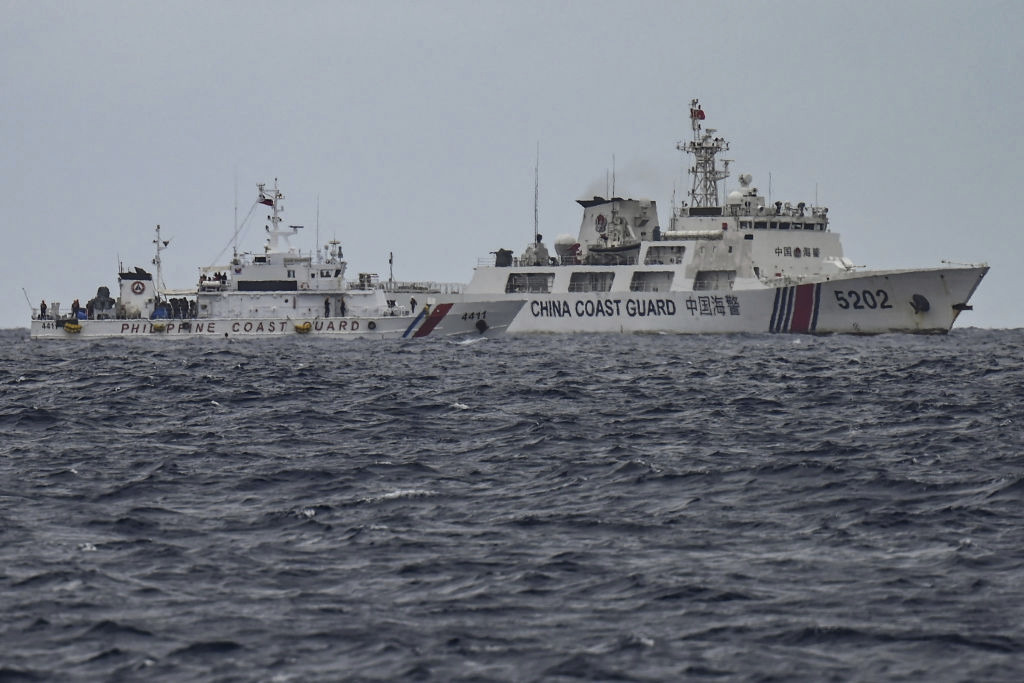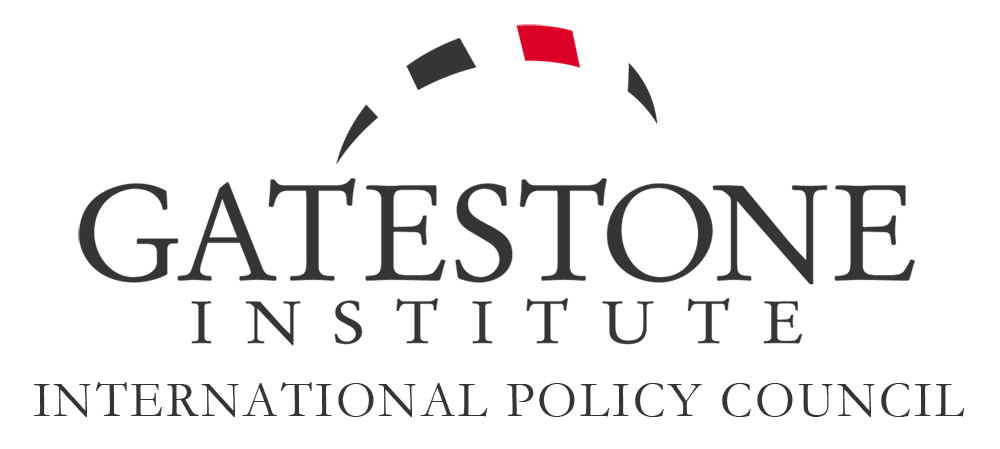
In May 2025, China announced a new list of renamed places in Arunachal Pradesh, India's northeastern state that Beijing insists on calling "Zangnan." It is the fifth such list since 2017, and not just symbolic. These cartographic aggressions of renaming places seem to be part of a long-running strategy to undermine territorial norms and chip away at international boundaries using lawfare, infrastructure and semantics (the branch of linguistics concerned with meaning).
In geopolitics, names matter. They signal claims, establish narratives and lay the groundwork for future confrontations. China's repeated renaming of places it does not control represents not only a challenge to India, it is an affront to the principles of the rules-based international order that the US and the West designed after World War II.
China's renaming spree appears to be a part of a broader playbook of coercive diplomacy. These symbolic acts are designed to distort facts on the ground — what scholars of international relations call "cartographic aggression." China's tactic of proposing a territorial swap with India in the 1960s has long been abandoned. Instead, China has turned to a kind of assertive incrementalism, using symbolic tools and legal justifications to try to legitimize claims and assert influence without resorting to war.
This strategy represents a direct challenge to the established norms of state sovereignty and peaceful dispute-resolution. China's naming campaign appears to be part of a larger tool kit of "grey zone" tactics -- those fall that below the threshold of open conflict but are designed to shift the status quo in China's favor. Examples include creating civilian settlements near disputed borders, coming up with its Land Border Law (2022), which mandates civilian involvement in border defense; blurring the line between state and civilian actors, and developing infrastructure in disputed territories, such as building a dam on the Yarlung Tsangpo River (which becomes the Brahmaputra in India) to create geopolitical leverage.
Such tactics -- exploiting legal ambiguity and just plain general inertia among many of the world's leaders -- reveal China's ambition to quietly but persistently reshape the international order to suit its own interests.
China's renaming of foreign territory without consent -- supported by its domestic law -- not only challenges the Westphalian principle of sovereignty, it also defies the UN Charter, which emphasizes peaceful resolution of disputes and respect for existing borders.
Just as China has been attempting to redraw maritime boundaries in the South China Sea —renaming reefs, building artificial islands and militarizing waters in defiance of international rulings — it is now exporting a similar playbook to land borders. These moves are about more than maps. They are about creating a norm of impunity, where might makes right and ambiguity is weaponized.
To understand China's actions in Arunachal Pradesh, one can simply look to the South China Sea, where Beijing has long implemented its strategy of "creeping sovereignty" and "cartographic aggression". Over the past two decades, China has transformed contested reefs, shoals and rocks into militarily fortified islands, backed by creative "historical" narratives, domestic law, and a selective reading of international norms. The region is now a textbook case of how intangible symbolic acts, when repeated enough to become normalized, can evolve into tangible material dominance.
China's infamous "Nine-Dash Line" — a vague, historically dubious U-shaped demarcation of nearly the entire South China Sea — has no standing in international law. In 2016, the Permanent Court of Arbitration at The Hague ruled in favor of the Philippines, declaring China's expansive claims invalid under the United Nations Convention on the Law of the Sea. China rejected the ruling outright and accelerated military construction on the Spratly and Paracel Islands.
In 2020 alone, China, in the same way it has renamed places in Arunachal Pradesh, renamed more than 80 features in the South China Sea. These were not acts of housekeeping, but of strategic myth-making, designed to weave a narrative of historical ownership and administrative control. Each new name is backed by maps, public pronouncements and military deployments. Over time, this creates "facts on the ground" — realities that others must deal with, regardless of legality.
Both in the South China Sea and at the India-China border, China deploys a familiar playbook:
- Symbolic assertion, through renaming, map revisions, manipulated historical narratives, and legal engineering through domestic laws (such as the 2021 Coast Guard Law and the 2022 Land Border Law) to justify its aggressive posture.
- Exercising physical control over disputed territory, through infrastructure militarization, such as building airstrips, ports, radar stations and villages disguised as civilian projects.
- Finally, China employs narrative warfare, by leveraging state media and diplomatic messaging to delegitimize counter-claims and cast China as the aggrieved party.
The result is a slow erosion of the rules-based international order, replaced by an infiltrated norm in which power, patience and unilateralism dominate. China's actions in South China Sea are no longer a theoretical precedent — they are a foretaste of what China can accomplish when aggression, even of a symbolic kind, is left unchallenged. If the international community normalizes what has happened in the South China Sea, it risks doing the same with the Himalayas.
China's renaming campaign is a test of whether the world will allow international borders to be changed -- not by war, but by quiet, obdurate manipulation. The question is not about words. It is about the survival of an international rules-based order that is being eroded by passively doing nothing to confront unyielding infiltration.
If the international community does not push back against China's provocations -- which may seem minor -- it risks enabling a model of complete surrender that bypasses diplomacy, multilateralism and international law.
Dr. Rahul Mishra is Associate Professor at the Centre for Indo-Pacific Studies, JNU, New Delhi, and a Senior Research Fellow at the German-Southeast Asian Center of Excellence for Public Policy and Good Governance, Thammasat University, Thailand. He specialises in politico-security affairs of the Indo-Pacific region, and the role of major and middle powers, especially in the context of China's rise and the emergence of minilaterals in the region. He also lectures on government, politics, and ethnic dynamics of Southeast and East Asian region, ASEAN-EU regionalism, and comparative regionalism. Email: rahul.seas@gmail.com X account @rahulmishr_


